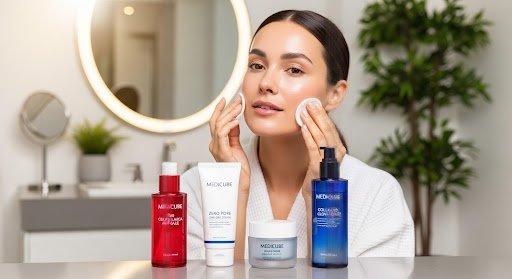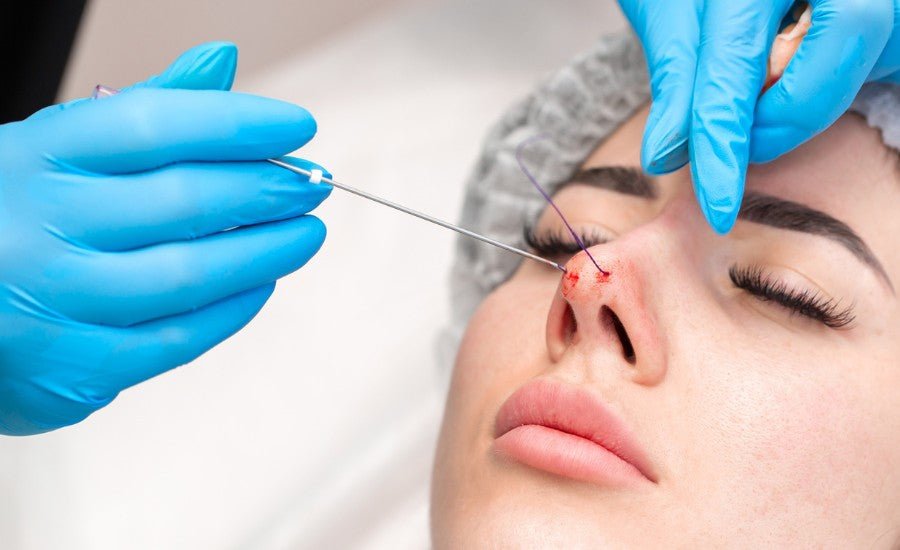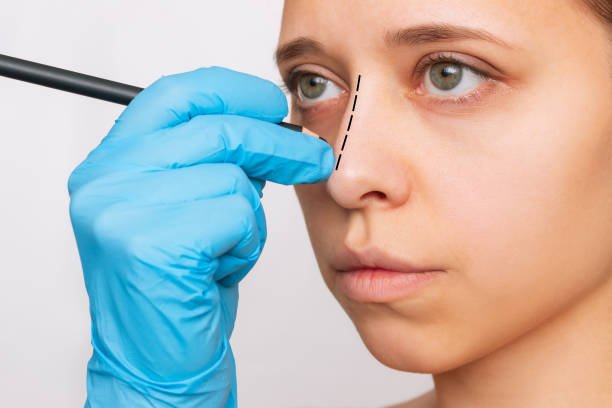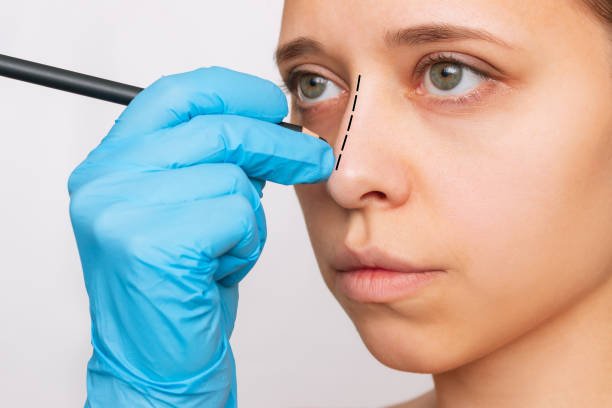Achieving a radiant and even skin tone is a common skincare goal for many individuals. With a variety of facial treatments available, selecting the right one can seem overwhelming, especially when aiming for skin whitening. Whether you’re preparing for a special occasion or simply want to boost your confidence with a luminous glow, understanding Which Facial Is Good For Skin Whitening is essential. This comprehensive guide will explore the most effective facials designed to brighten dark or dull skin, helping you make an informed decision tailored to your skin type and goals.
Understanding Skin Whitening and Its Importance
What Is Skin Whitening?
Skin whitening involves treatments and skincare routines aimed at reducing pigmentation, dark spots, and uneven skin tone to enhance overall brightness. It is a popular cosmetic goal for those seeking a more luminous complexion. Skin whitening does not mean changing one’s natural skin color but improving the skin’s clarity, texture, and uniformity.
Why Do People Seek Skin Brightening Treatments?
Many individuals pursue skin brightening to boost confidence and achieve a more youthful appearance. Factors such as sun exposure, pollution, hormonal changes, aging, and genetics contribute to skin dullness and darkening. As a result, targeted facials can help mitigate these effects and reveal healthier, glowing skin.
Types of Facials Suitable for Skin Whitening
1. Brightening and Radiance Facials
Overview
Brightening facials focus on exfoliating dead skin cells, reducing pigmentation, and boosting collagen production to enhance skin radiance. These treatments often include ingredients like vitamin C, licorice extract, or kojic acid known for their skin-lightening properties.
How They Work
- Deep cleansing to remove impurities
- Exfoliation to eliminate dull surface cells
- Application of brightening serums or masks
- Gentle massage to stimulate circulation
Benefits for Dark Skin
These facials are particularly effective for dark skin tones as they help even out skin tone, diminish dark spots, and promote a luminous glow without causing irritation.
2. Chemical Peel Facial
Overview
Chemical peels involve applying a chemical solution that exfoliates the top layers of the skin, revealing fresher, brighter skin underneath. They are tailored based on skin type and pigmentation concerns.
How They Work
- Controlled exfoliation of damaged skin layers
- Reduction of pigmentation and discoloration
- Stimulation of collagen for skin renewal
Benefits for Dark Skin
Chemical peels can be highly effective in reducing hyperpigmentation and improving overall skin tone, making them suitable for darker complexions seeking a significant skin brightening effect.
3. Microdermabrasion Facial
Overview
Microdermabrasion is a mechanical exfoliation technique that gently sands the skin’s outer layer, removing dead cells and promoting new skin growth.
How They Work
- Fine crystals or diamond tips exfoliate the skin
- Boosts penetration of skin-lightening agents
- Stimulates collagen production
Benefits for Dark Skin
This treatment improves skin texture and brightness, effectively diminishing dark spots and uneven tone, especially when combined with skin-lightening products.
4. Herbal and Natural Facials
Overview
Herbal facials utilize natural ingredients like turmeric, papaya, lemon, and honey, known for their skin-brightening and antioxidant properties.
How They Work
- Gentle cleansing and exfoliation
- Application of herbal masks rich in skin-lightening agents
- Nourishing massage
Benefits for Dark Skin
Ideal for those preferring natural remedies, these facials can improve skin tone gradually without harsh chemicals, making them safe and effective for dark skin.
5. LED Light Therapy for Skin Brightening
Overview
LED therapy involves using specific wavelengths of light to target pigmentation and enhance skin renewal.
How They Work
- Red or blue light stimulates collagen and reduces pigmentation
- Non-invasive, pain-free treatment
- Enhances skin clarity and elasticity
Benefits for Dark Skin
LED therapy can effectively diminish dark spots and promote a brighter complexion, suitable for sensitive skin types.
Factors to Consider When Choosing a Facial for Skin Whitening
Skin Type and Concerns
Selecting the right facial depends on your skin type—oily, dry, sensitive, or combination—and specific concerns like pigmentation, dullness, or uneven tone.
Ingredient Compatibility
Opt for facials that incorporate safe, skin-lightening ingredients such as vitamin C, niacinamide, or licorice extract, especially if you have darker skin to avoid irritation.
Treatment Frequency and Maintenance
Consistency is key for skin whitening. Ask about the recommended frequency of treatments and maintenance routines to sustain results.
Professional Guidance
Consult a qualified skincare professional to assess your skin and recommend the most suitable facial based on your unique needs.
How to Maximize Skin Brightening Results
Incorporate Sun Protection
Daily use of broad-spectrum sunscreen is crucial to prevent further pigmentation and safeguard your skin after treatments.
Follow a Skin Care Routine
Use skincare products tailored for skin brightening, including serums, moisturizers, and gentle cleansers, to enhance facial results.
Maintain a Healthy Lifestyle
Hydration, balanced diet, and adequate sleep contribute significantly to skin health and brightness.
Conclusion: Which Facial Works Best for Whitening Dark Skin?
Choosing the right facial for skin whitening depends on individual skin needs, concerns, and preferences. Generally, brightening facials, chemical peels, and microdermabrasion are highly effective for dark skin tones, as they focus on exfoliation, pigmentation reduction, and skin renewal. Natural herbal facials are also a gentle and safe option, especially for sensitive skin types. Consulting with a skincare professional can help tailor a treatment plan that delivers optimal results, ensuring your skin remains healthy, vibrant, and glowing.
FAQs
1. Which facial is best for dark skin and pigmentation?
Brightening facials combined with chemical peels or microdermabrasion are highly effective for dark skin and pigmentation issues, as they help reduce dark spots and even out the skin tone.
2. How often should I get a facial for skin whitening?
The frequency varies based on the type of facial and skin condition but generally ranges from every 3 to 4 weeks for optimal results. Regular maintenance helps sustain skin brightness.
3. Are herbal facials suitable for dark skin?
Yes, herbal facials are a gentle and natural option suitable for dark skin, helping improve skin tone gradually without harsh chemicals.
4. Can LED therapy help in skin whitening for dark skin?
Absolutely. LED light therapy can improve skin brightness, reduce pigmentation, and promote collagen production, making it beneficial for darker skin tones seeking a brighter complexion.
















Leave a Reply